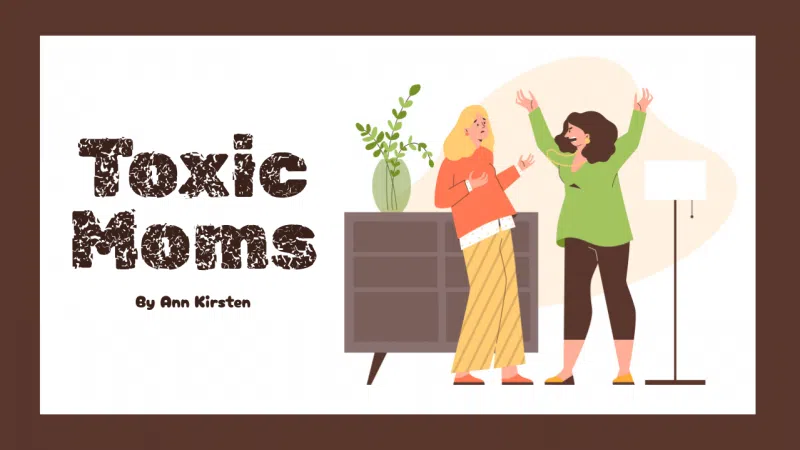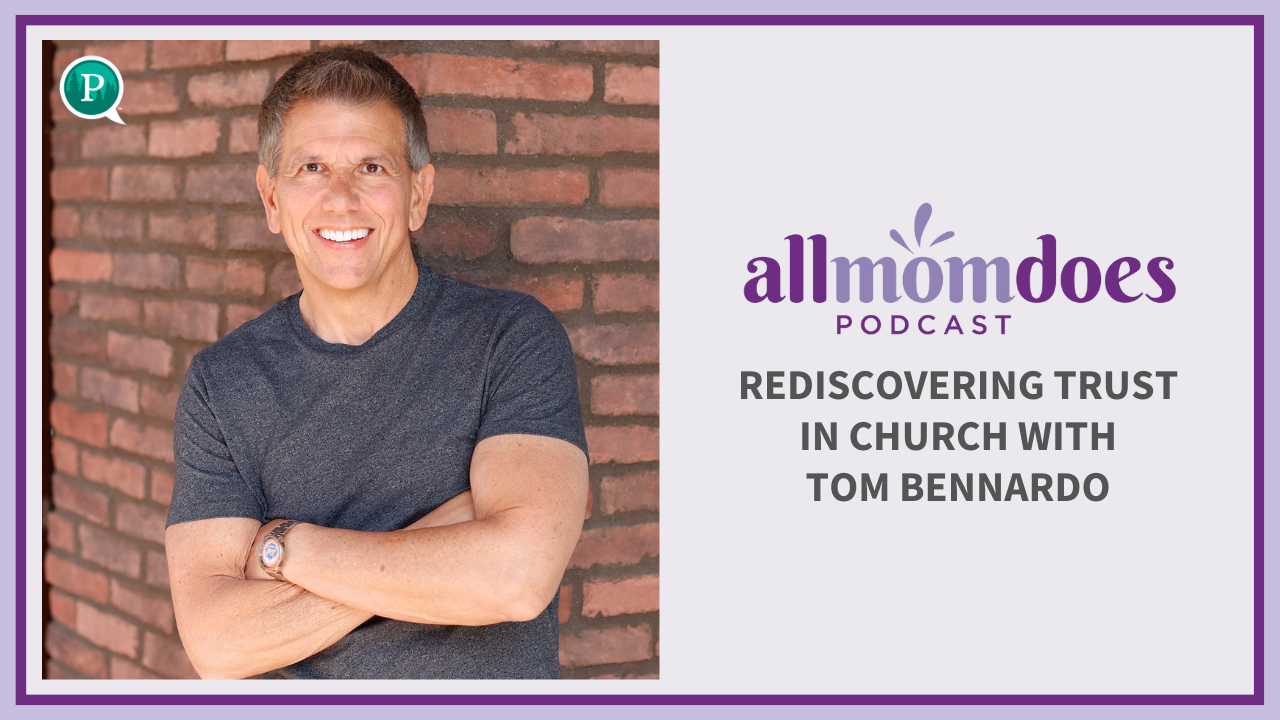The sky was a crystal blue as I hung from my ankles and wrists. So, so blue. And then my body was swung and I caught a glimpse of the neighbor’s fence and I was swung the other way and spotted the bold yellow of the retreating school bus. The grip on my wrists, the grip on my ankles tightened. The swinging became more aggressive and my body arced wildly. And that’s when the kicking began. And after that is when they shoved me over the retainer wall on the neighbor’s property.
I was in fifth grade, a year and a half younger than most of my classmates, physically much smaller with a mouth that was much faster. I had come to the attention of a gaggle of four girls who enjoyed a successful career of dominating the schoolyard with threats and fury. I think it was because I was defending a friend of mine from them, but perhaps I’m remembering myself more noble. I do know I back talked them, weary of their intimidating ways. Their counterattack was bold and swift; when I got off the bus that afternoon, they got off with me, two stops before their usual disembarkment. One grabbed me by the wrists, one grabbed me by the ankles and the other two took potshots at me before launching me over the wall when an older kid in junior high saw what was happening and came running to intervene.
We didn’t call it bullying in my elementary school career, but that’s what it was. The continued threats, the physical aggressiveness, the snide comments, the shoves, the brutal gossip, it was all a potent recipe for the demolition of a fragile self image. Even with parental phone calls and notes to the school, it continued for a while until they tired of me and selected a new victim.
The bullying I experienced in elementary school was certainly formative in how I saw myself and how I interacted with others over the next many years. And I certainly am not alone; many of us have a vivid memory of being harassed, hurt and harangued at some point in our early years. Today, we tend to be more aware of bullying and we claim to tolerate it less. But what are the signs and what are practical tips when it comes to this new generation?
It’s not always obvious. The bullying I experienced in 5th grade was pretty straightforward: outnumbered, written threats, witnesses. But bullying doesn’t always come so clearly packaged. Subtle digs, opportunities taken to embarrass, minimizing the other party are all elusive devices that can be hard to quantify. However, playgroup environments, schools, youth group settings and extracurricular teams need to be held to a standard that bullying is any form of behavior that seeks to minimize, degrade or dominate another person through action, word or deed.
Get honest. While most of us would say we would never want our kid to be bullied, we probably prefer they be the bullied rather than the bullier. But here’s the deal~bullying is a two party system and the odds are good that on occasion, it could be our little darling who is doing the bullying. I’ve encountered parents who have observed their child being aggressive and rude and brush it off by saying that the other kid must have done something to provoke it. I’ve seen kids who are continually in conflict with their own siblings and yet mom is just oh-so-shocked that their child is also being accused of harassing a classmate. Parents, we’ve got to get honest that sometimes our kids will do things that surprise us. Sometimes they will be the ones at fault. Sometimes they will be the one who is a jerk. It’s not enough to say ‘kids will be kids’. And this…if your little darling has been accused more than once of being a bully, wake up. There’s something to it. Open your eyes and deal with it. A third grade tyrant grows up to be a pretty miserable person. Don’t saddle your kid with that kind of legacy because you’re not wanting to consider the possibility that your child is the one doing the oppressing.
Equip. If your child seems to be bullied on a consistent basis, it’s time to take a look at what they might be doing that is setting them up. While I’m not trying to blame the victim, I am all about equipping the victim to lessen the chances of a reoccurrence. We can’t legislate bullies out of our kid’s possible experiences, but we can warn and train. Give your child strategies. Communicate with your kid’s teachers and coaches and ask for their eyes on the situation. Kids need to know the appropriate steps.
1. Inform a person in authority about what’s going on.
2. Always keep Mom and Dad in the loop about what’s going on.
3. Refuse to engage the bullier.
4. Stand up for yourself.
5. If a bullier is coming after you, don’t hesitate to scream and yell loud.
Often, kids who bully get away with it because the target of their aggression remains silent. It’s almost like kids who bully seem to know who’s going to put up with it and keep their mouth shut. It is critical, particularly in the younger grades, for parents and teachers to respond and respond quickly, but it’s also critical to teach kids that they do have a voice and a protocol for dealing with bullying. Yes, adults should intervene when bullying occurs, but we also need to be training kids how to handle people who are unfairly aggressive. For older kids, a continuing dialog about friends and social situations needs to be the culture of the home. A parent who doesn’t seem to have time to talk about their teen’s life and interactions unknowingly increases the odds that a bullying situation will not be revealed until it has grown to dangerous levels. A parent who talks more than they listen when it comes to a teen’s social life shuts down open communications channels. Moms and dads, hush up, listen up and validate what your teen is experiencing. Keep the conversation going.
Bullying is not just a kid issue. When I was a kid, I really thought that all people would hit a certain birthday and would magically morph into compassionate, mature, wise adults.
Sigh.
Naïve, I know, but I’m still floored by aggressive, mean, gossipy people of adult age. And I’m amazed by the organizations, businesses and groups that put up with it. If you’re with a group that has a culture of strong-arming, gossiping, and fit-throwing in order to try to control your decisions and behavior, get out. Do not raise your kids watching you putting up with bullying. Let them see you develop and maintain healthy boundaries in your relationships at work, church, extended family and social groups. Generally, a person only has as much power over us as we allow. In that way, we are somewhat responsible for bully behavior around us; if we refuse to be controlled by a bully’s behavior and if we refuse to put up with it, we strip the bully of what it needs to exist…a victim. A bully without a victim is just an obnoxious person that we can tune out…and pray for. Okay, a little snarky, but really. We do need to pray for those who attempt to oppress us. And for our kids’ sakes, we need to model for them how to handle the bullies that do sometimes show up in our adult lives.
Back to my bully experience at the bus stop. It was scary. It was demeaning. It happened a couple more times. But I started talking to my parents. I made a teacher aware of what was going on. And I learned to stand up for myself, to not provoke but neither to stand down. It would not be my preferred learning environment, but learn I did. The next time an aggressive personality turned its focus on me, I was better able to discern it more quickly and give off a ‘you don’t want to mess with me’ vibe. It’s helped me equip my kids today. It’s part of our family culture.
Be nice.
Be flexible.
…and…
No bullies.












